Kennedy Gott’s WKU Photojournalism capstone project, examines a family as they tackle the challenges of sourcing their own food in a more healthy manner.
Ellen Aldridge practices modern homesteading by growing and raising her own food on their family’s land at their home in Bowling Green, KY. The Aldridge family is living an old-school and natural lifestyle while many in society struggle with the conveniences of a fast-paced life that results in unhealthy eating.
Click here to view the interactive project.
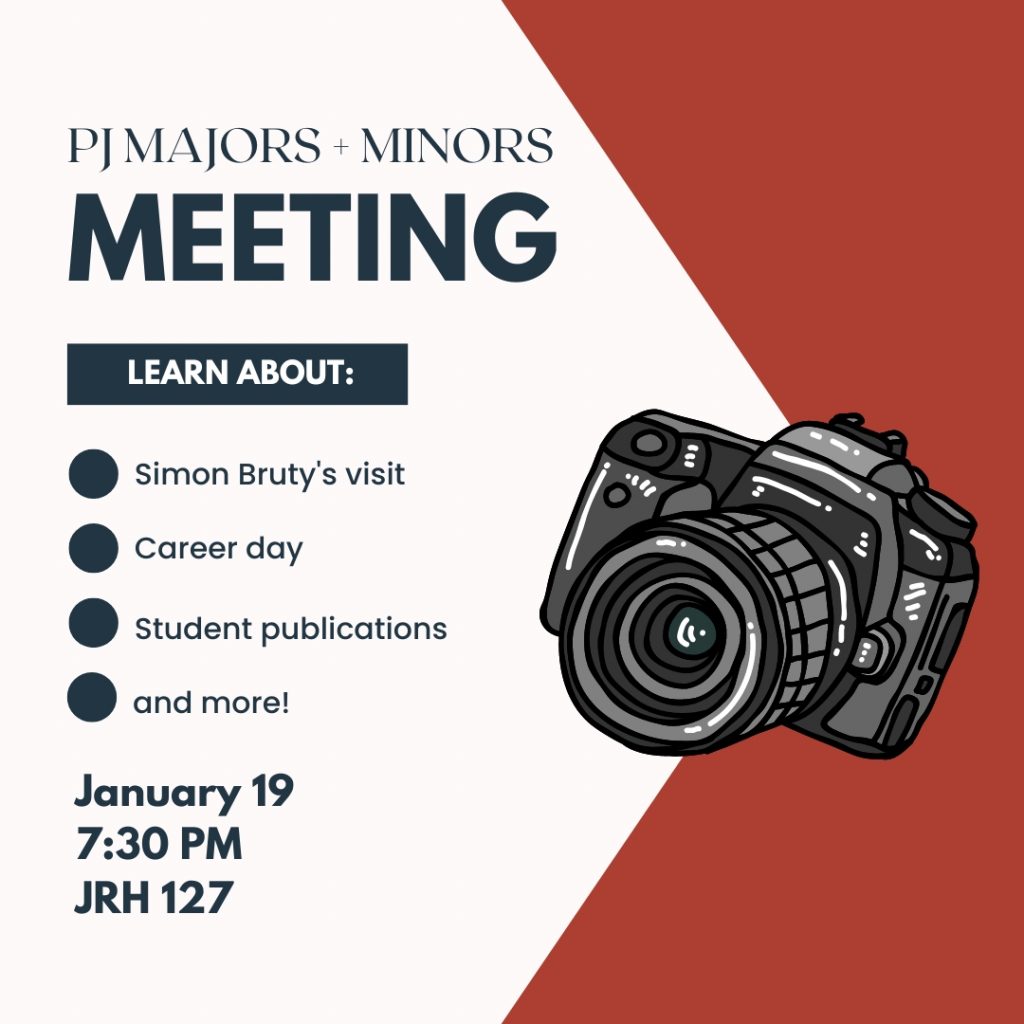
THURSDAY! January 19 at 7:30 PM
JRH Room 127
All Majors and minors should attend our semester meeting where we will go over so many details of this amazing upcoming semester. There is a lot going on – be present, be engaged. It is your future!
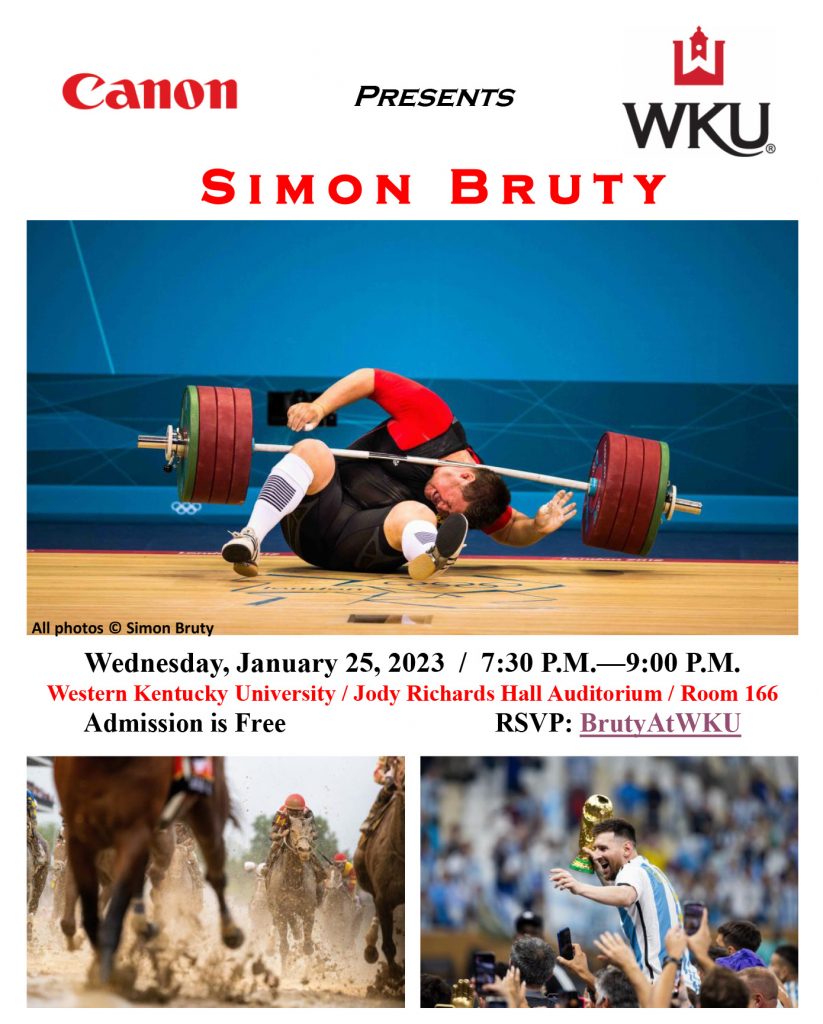
Come and see images that have defined the sports world for the past three decades as photographer Simon Bruty presents work at Jody Richards Hall Auditorium Wednesday, January 25 at 7:30 PM in his event sponsored by Canon USA. We request that you register for this FREE event here.
During his career, Simon has traveled extensively to work on large sporting events such as World Cup Soccer, Super Bowls, and the Olympics. His feature stories are as diverse as golfers in Greenland, soccer in Zambia, and badminton in Indonesia. Somewhere along the way Simon learned how to make people sit still and has created portraits of some of today’s most memorable athletes.
His editorial and commercial clients include the International Olympic Committee, Sports Illustrated, the All England Lawn and Tennis Club, ESPN, and Canon. He received a Lucie Award in 2016 for Achievement in Sports Photography. He has also received awards from the World Press Foundation, Pictures of the Year, and the International Olympic Committee. The London Observer chose one of Simon’s photographs to be included in their list of the World’s 50 Greatest Sports Photographs.
The School of Media is proud to announce the opening of the latest exhibition A Community Devoted at the Gallery in Jody Richards Hall.
The storied Mountain Workshops, run by the WKU Photojournalism program, completed its 47th year of documenting communities across the Commonwealth this past October and the participants, faculty and staff invite you to take a few moments of your time to explore the people and places that make up Grayson County. It is said, everyone has a story to tell, there are 47 of them waiting for you to see.
JRH Gallery Through February 17
- M-W: 9:00 am – 9:00 pm
- TH-F: 9:00 am – 5:00 pm
- Gallery is closed when WKU is closed
- Free parking available in Chestnut St. lot at the end of Regents street after 4:00 pm
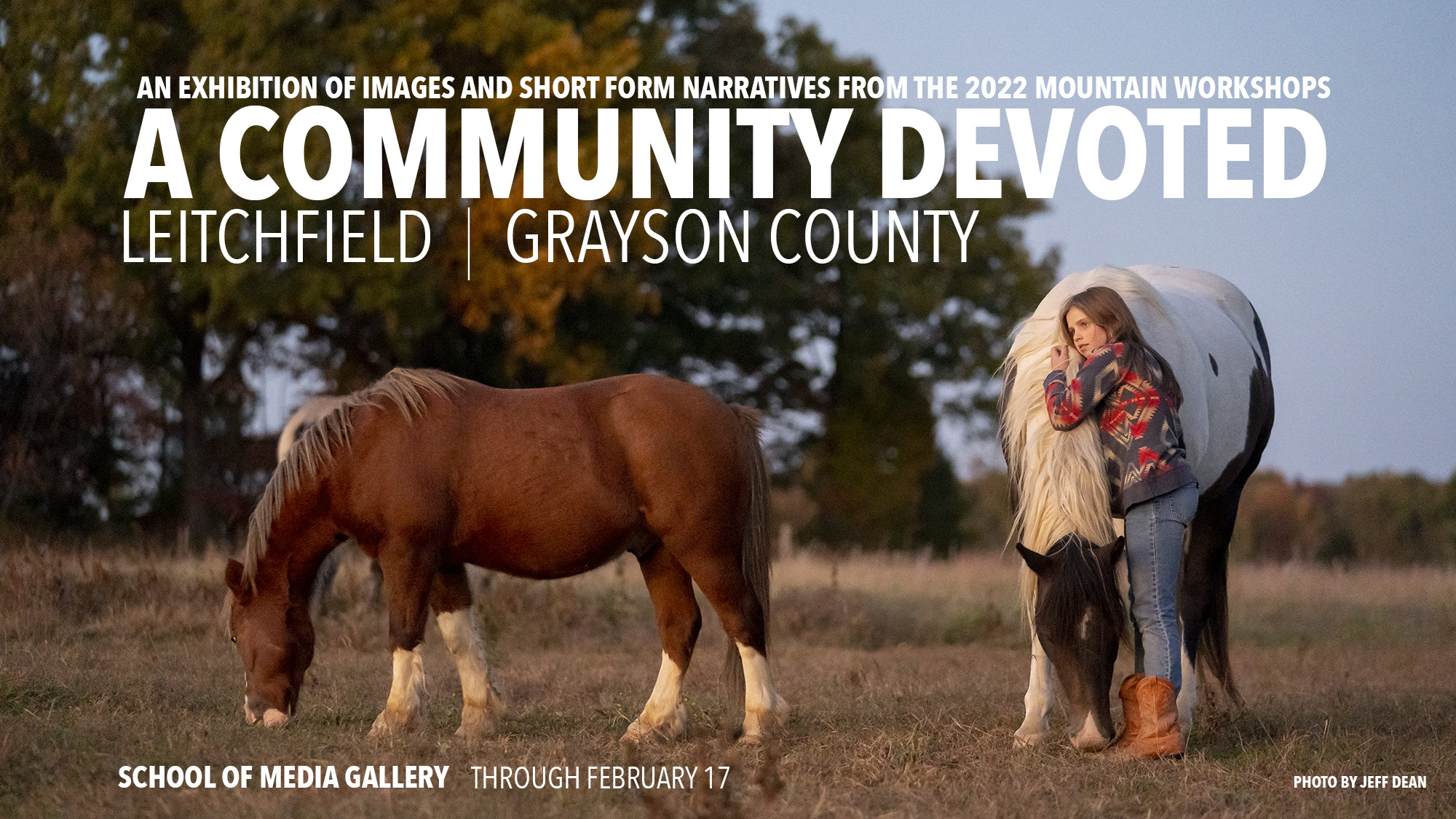 A Community Devoted: Leitchfield, Grayson County
A Community Devoted: Leitchfield, Grayson County
Nestled between Rough River and Nolin lakes, Grayson County is one of Kentucky’s overlooked gems. More than 24,000 people call it home. Many have generations-old ties to Leitchfield and the farmland around communities such as Caneyville, Clarkson, Big Clifty and Short Creek. But newcomers are welcome, too. Many have pulled off the Western Kentucky Parkway and never looked back.
In 2022, during one week in October, 53 visual journalists from across the country and around the globe traveled to this small town to document the people and places that make-up this rural community just north of Mammoth Cave National Park. A small army of editors, producers and staff, many connected with Western Kentucky University’s School of Media, welcomed them and assisted in honing their craft. This gallery is a representation of the work produced during that week.
As Grayson County High School’s first female principal, Lacy Cox works to build a welcoming community like she knew when she was a student there. But she finds herself pulled in two directions.
Story by Anna Leachman, a Senior WKU Photojournalism major
Land in Grayson County has been farmed by the Cain family for a century. The family’s passion for tending the land continues through its current owner, Sammy Cain.
Story by Allie Schallert, a Senior WKU Photojournalism Major
Western Kentucky University’s School of Media will present the 2022 Fleischaker/Greene Award for Courageous International Reporting on Monday (Nov. 14) to journalists covering the war in Ukraine.
Four-time Pulitzer Prize-winning photojournalist Carol Guzy and Editor-in-chief Olga Rudenko and the staff of the Kyiv Independent in Ukraine have been selected as this year’s recipients of the prestigious award. The awards ceremony will begin at 4 p.m. at the Gary Ransdell Hall Auditorium.
Guzy’s career as a photographer spans more than 40 years, from a staff member at the Miami Herald, to The Washington Post and currently as a contract photographer for Zuma Press. Her current work is documenting the war in Ukraine.
Rudenko and her staff of 32 journalists at the Kyiv Independent have not shied away from telling the stories of their war-torn Ukraine.
Guzy will accept the award by Zoom from Ukraine where she continues to report for Zuma Press. It is not yet determined if Rudenko will be able to join the Zoom presentation.
Arthur Trickett-Wile a sophomore in WKU Photojournalism program spent summer of 2022 as an intern for the Charlotte Observer in Charlotte, North Carolina. Previously he had spent the summer of 2021 as a freelance photojournalist working for the San Antonio Express News. Here are some of his photographs from this past year.
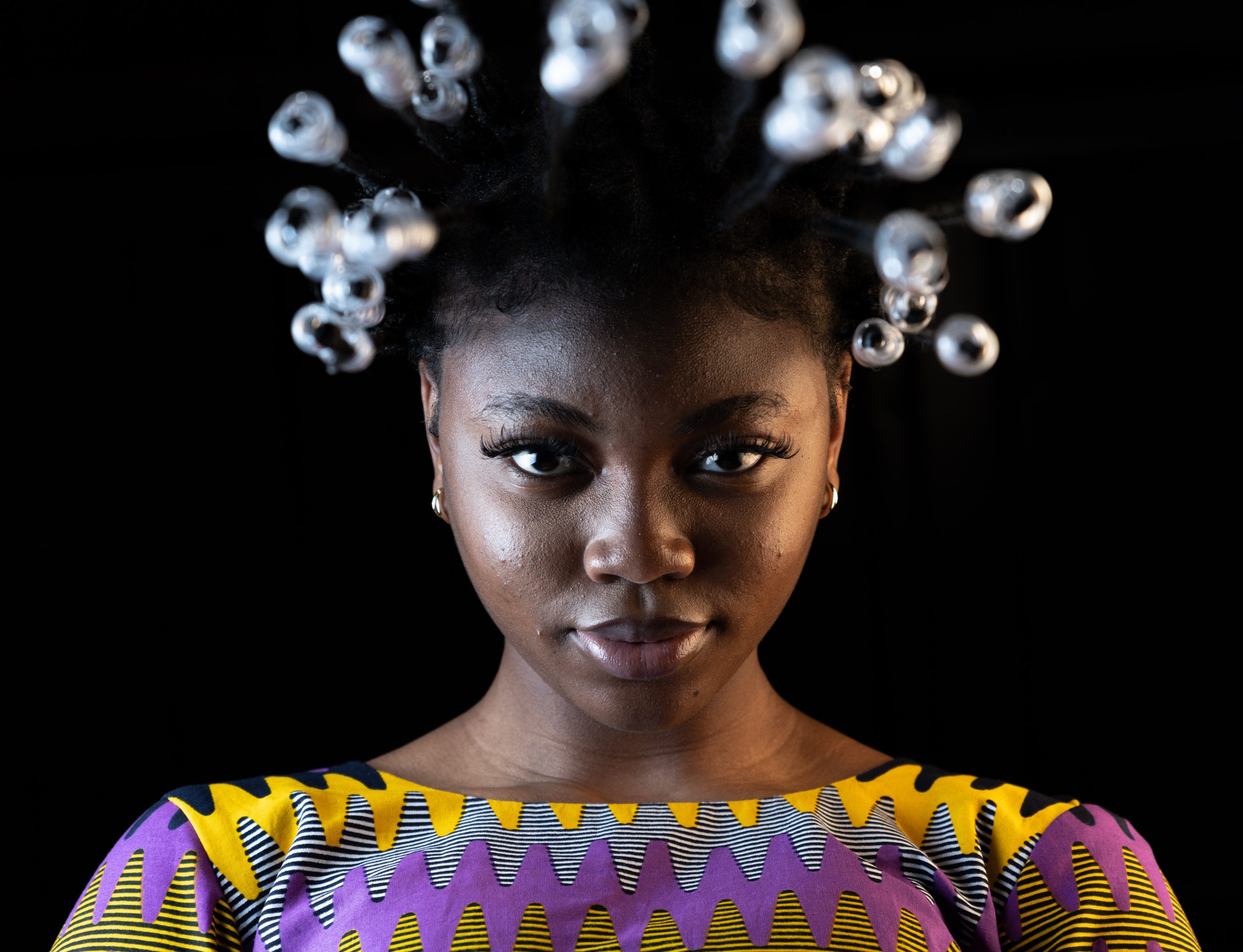
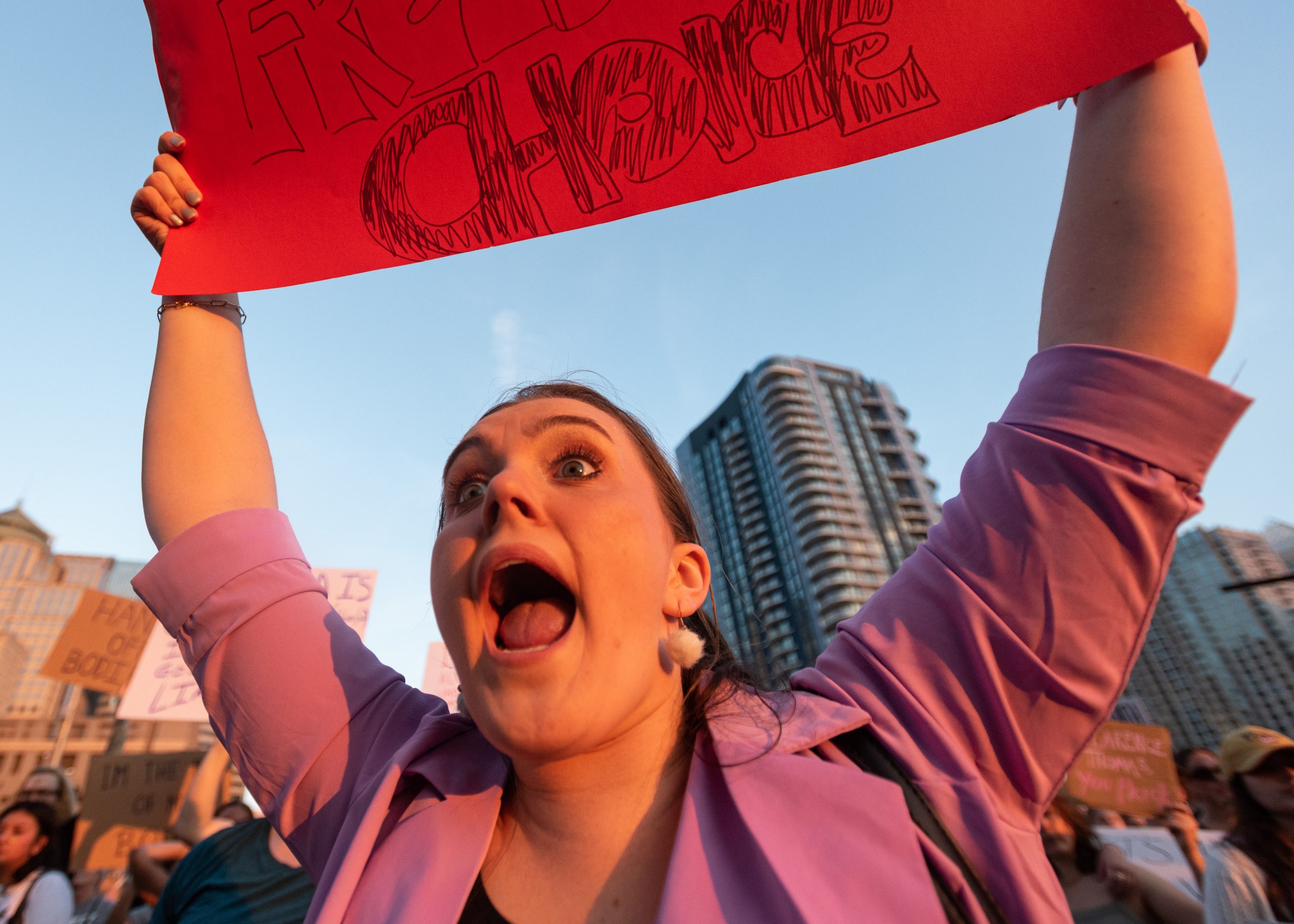
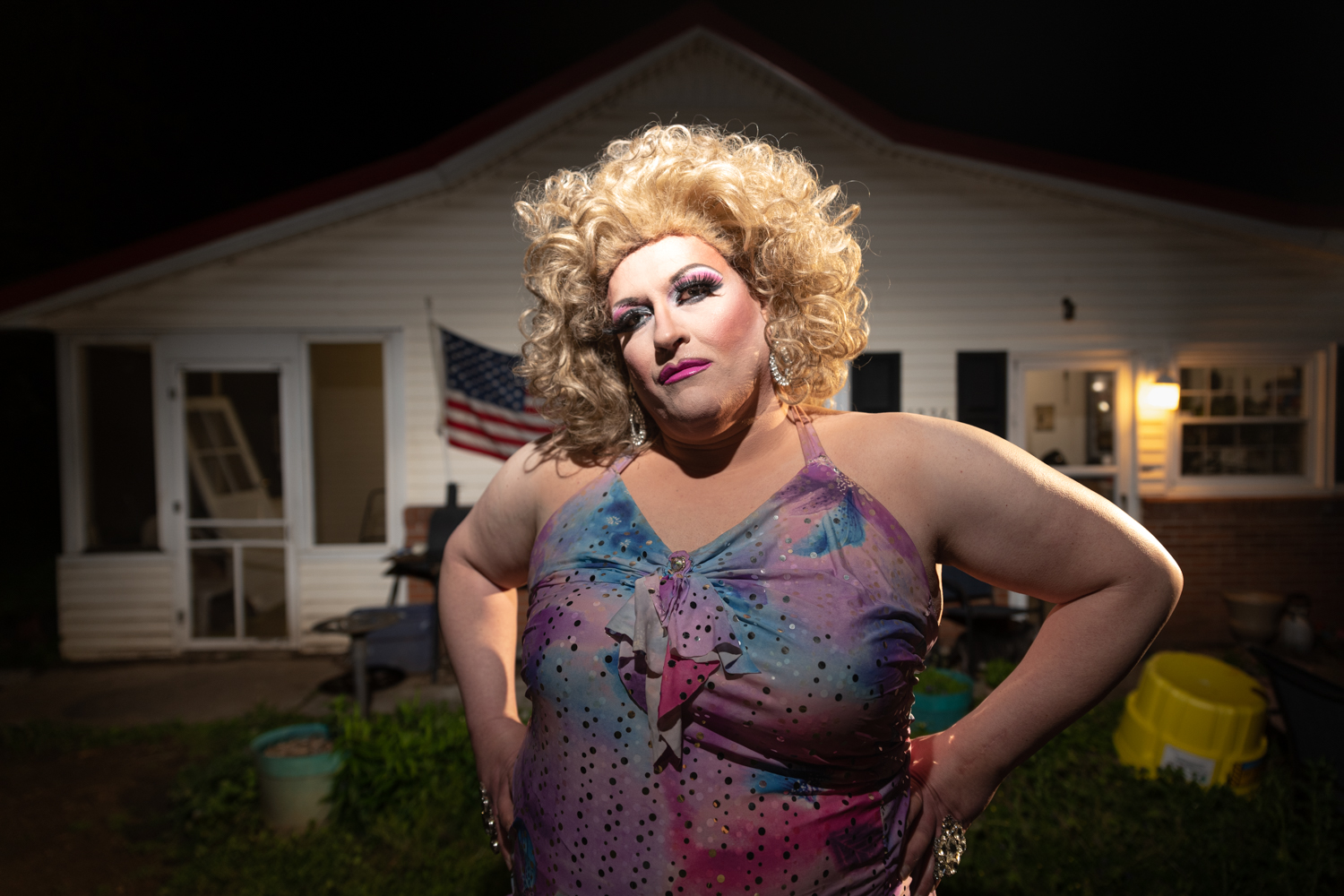

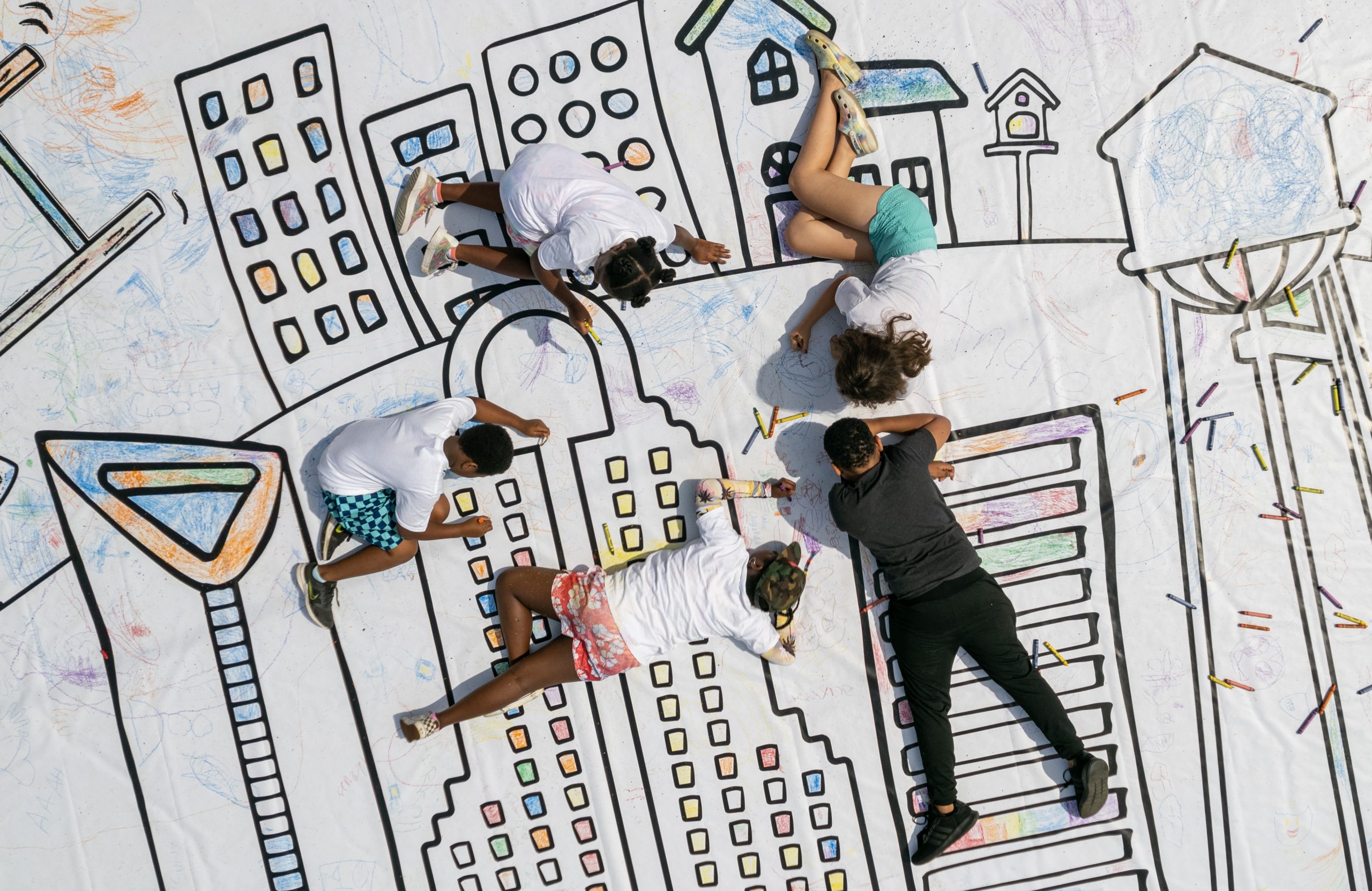
Gabi Broekema a senior in the WKU Photojournalism program returned to her family’s roots while documenting for six-months on an internship with MLive: Kalamazoo Gazette Branch in Southwest Michigan this past year. Before returning for her final capstone class in the photojournalism program, she is spending a semester abroad with the Danish School of Media and Journalism in Aarhus, Denmark, continuing her studies in photography. Here are a few of her photographs from this past year.
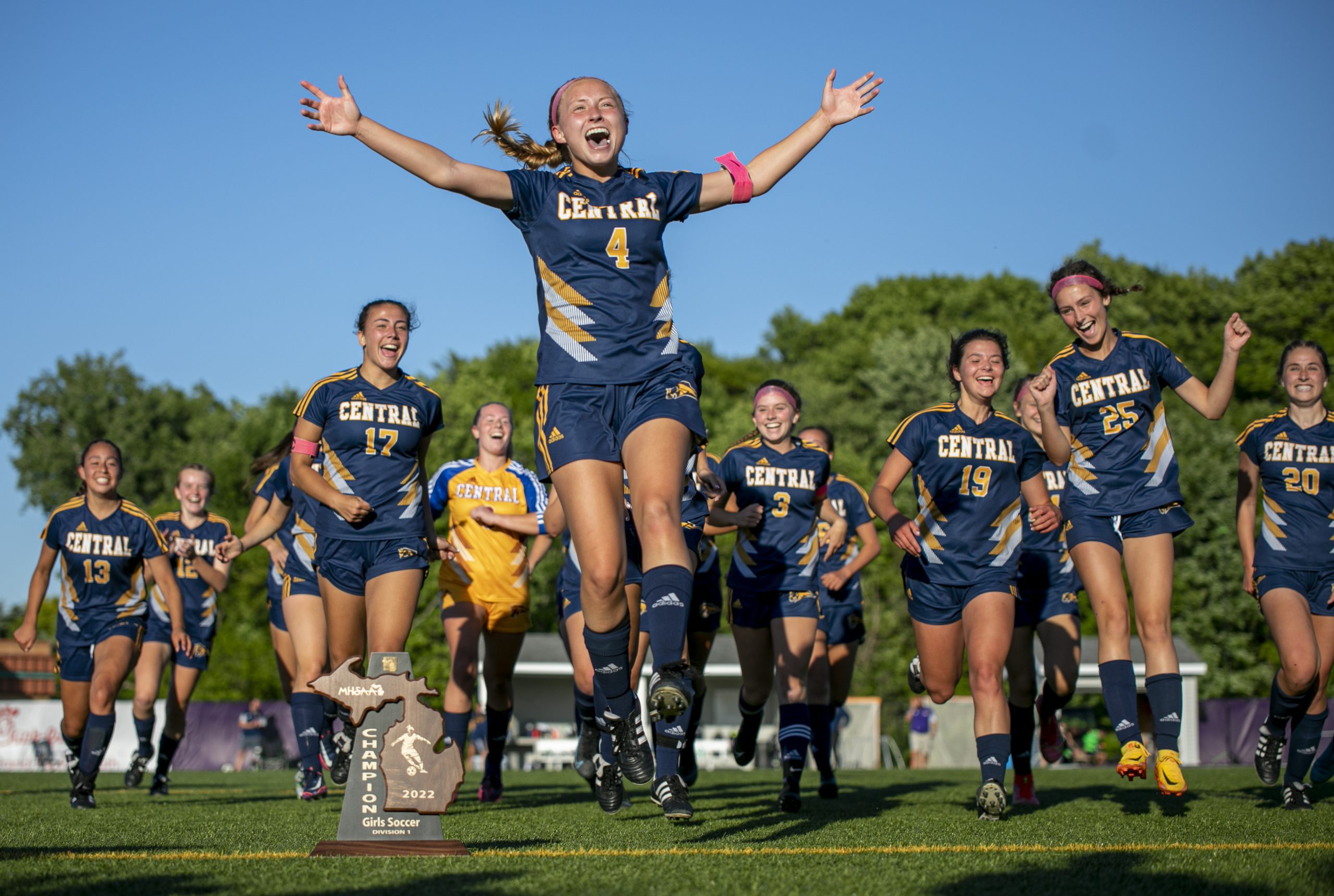
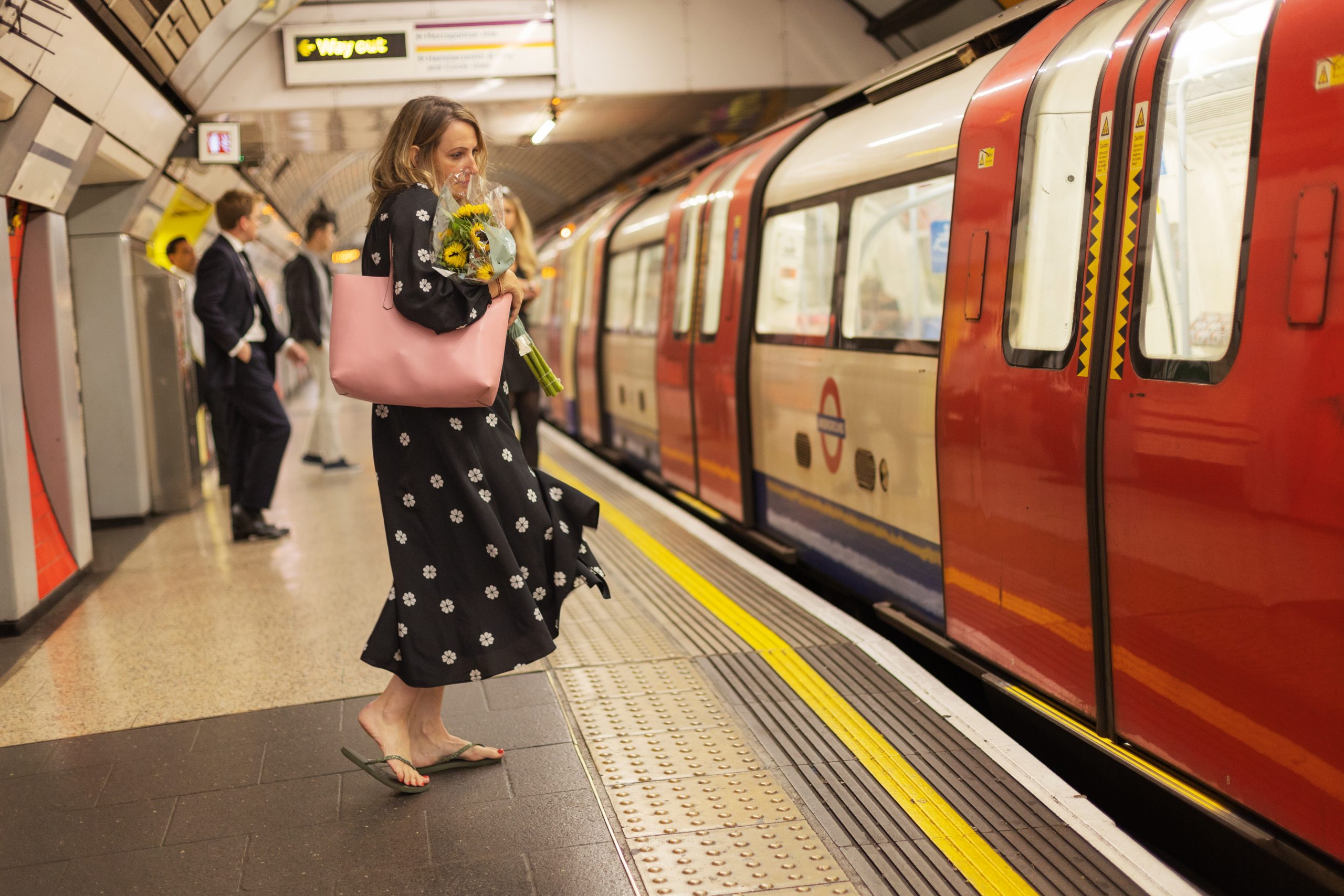
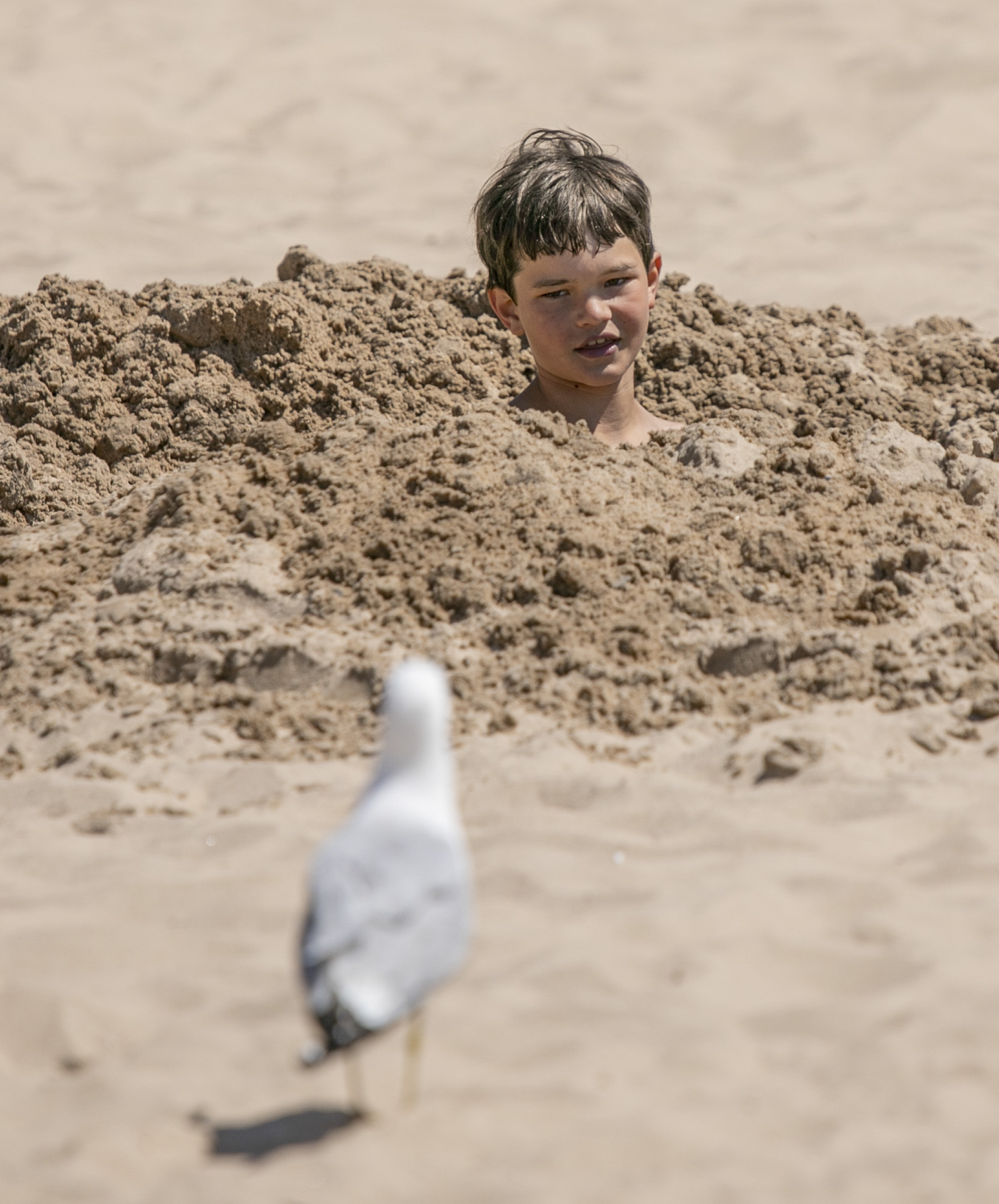


Come show 5 of your favorite photos from the semester and critique your classmate’s work!
JRH 127
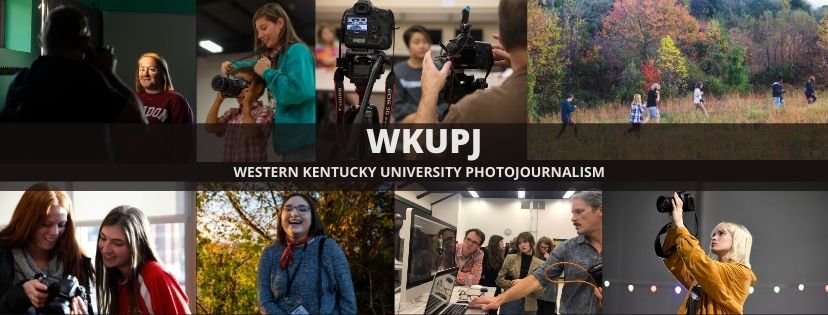


 A Community Devoted: Leitchfield, Grayson County
A Community Devoted: Leitchfield, Grayson County








